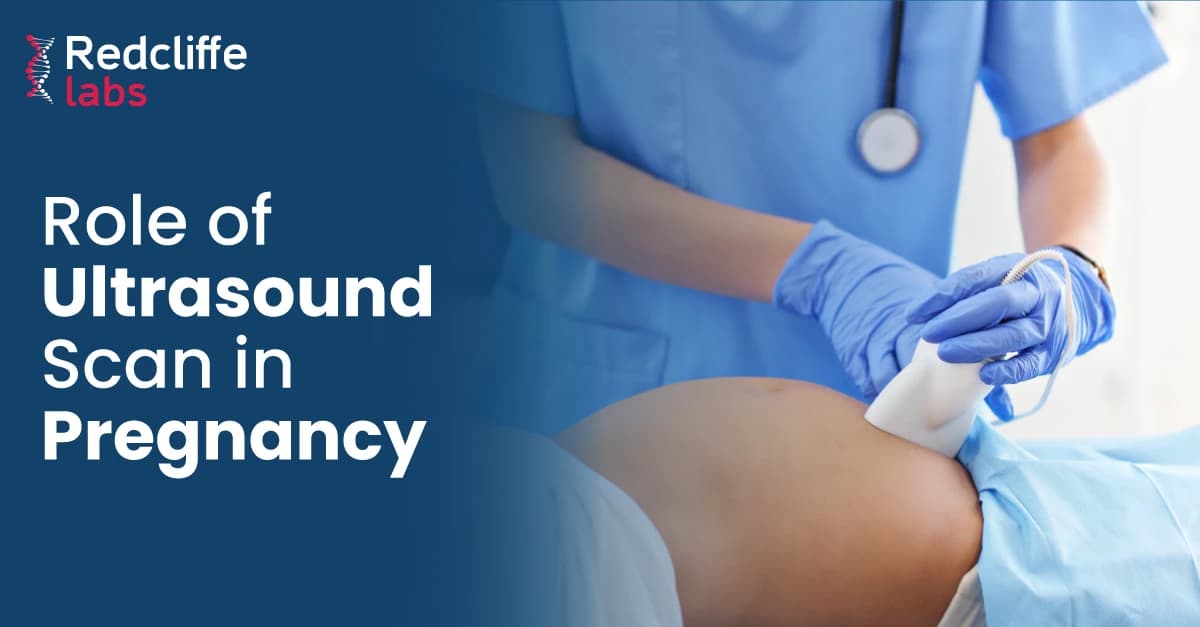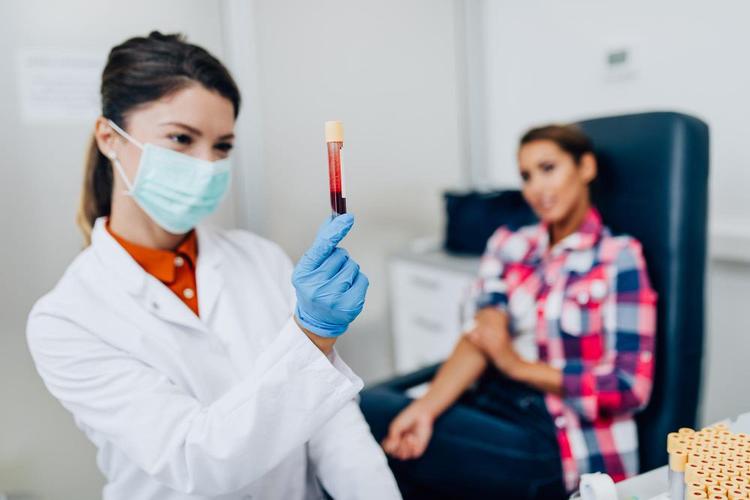Role Of Ultrasound Scan In Pregnancy | USG Scan

Medically Reviewed By
Dr Divya Rohra
Written By Meenakshi
on May 4, 2022
Last Edit Made By Meenakshi
on Mar 17, 2024

Ultra-Sonogram Scan (USG Scan)
Ultra-Sonogram scans evaluate the development stages of an unborn child and can also detect any heart, liver, or kidney problems or biopsy. Such a scan is done by a trained sonographer and reports or images can be interpreted by the radiologist. This ultrasound, also known by other names like abdominal ultrasound or sonogram, is used during pregnancy to see the birth defects, amniotic fluid, ovaries, and placenta. A USG scan uses sound waves that reflect off the internal organs via transducers to see close and clear images. The echoes of ultrasound are transformed into the fetus's images, existing inside the mother’s womb. Images produced using such a technique are generally called sonograms. Ultrasound uses sound waves that are inaudible to humans. High-frequency sound waves offer clear images but can’t travel deep inside, while low-frequency sound waves can go deep inside but don’t give clear images. USG scans usually use 2 and 18 MHz frequencies for diagnosis. Most ultrasounds use gel which is applied on the skin surface, but the USG scan method also scans the organs internally by using a tube, which gives much clarity regarding any kind of abnormality. If any issue is suspected, it gives a clear view of the fetus, ovaries, or uterus during pregnancy time. It also tells us clearly about gestational age, or how far along the pregnancy is. It also detects the risk of pre-mature labor.
Is It A Safe Procedure?
There is no risk of using USG ultrasound on either the mother or the unborn baby because it doesn’t use x-ray like radiation. But it should be handled with care by a well-experienced and well-trained technician or sonographer.
When Is A USG Scan Needed?
All pregnant women have to go for a USG scan to ensure the health of the placenta and for their own well-being. It can detect heartbeats, determine gender, and also see the movement of the fetus inside the uterus within 20 weeks of pregnancy. Other examples of such analysis include:
- It is used to check or analyze the whole pregnancy.
- The USG scan is helpful in treatment and diagnosis.
- It also diagnoses hereditary or congenital abnormalities.
- It also monitors the health of the expecting woman and the unborn child.
- It helps in the identification of the location of the fetus inside the uterus (placenta) and its position.
- This confirms the presence of twins or more than one baby (multiple pregnancy).
- It detects fetal age or gestational age (due date of delivery).
- It detects the unborn child's weight.
- It analyses and evaluates the quantity of amniotic fluid around the fetus.
- Confirms fertilization and embryo implantation during the 1st term.
About 3-D And 4-D Ultrasound
With the help of more advanced technology like 3-D and 4-D ultrasound, it is also possible to see the three-dimensional image of the unborn child. Sometimes, such an exciting technique could also be requested by parents without any medical recommendation from the gynecologist to see a clear 3-D view of the fetus inside the womb.
Preparing For A USG Scan
Sonography, or USG scan, doesn’t require special preparation. Sometimes, drinking an excess of water (4-5 glasses) can be advised depending upon the situation because it helps a doctor in getting better images or views of the fetus. And the physician may also ask you to hold your urination for a while after drinking water.
During A USG Scan
It takes 30-45 minutes to complete an ultrasound, and the woman has to lie down on the movable examining table or some sort of bed. A technician or sonographer applies the lubricating gel to the abdominal area. The gel doesn’t harm the skin or stain the cloth. Now the sonographer slowly moves the transducer over the surface of the abdomen where the gel was applied earlier. This transducer sends the sound waves inside the abdomen, and the reflected high-frequency sound waves are then captured as an image on the screen. Such an image can also be recorded or printed out. The whole procedure is very easy, painless, and virtually can be tolerated without any discomfort. For the time being, minor discomfort can be felt during the tube insertion, specifically when internal ultrasound is needed. A technician can also ask the woman to hold her breath several times for a short period of time.
After A USG Scan
After the completion of an ultrasound scan, the gel can be wiped out and the woman can go home that same day. The entire procedure may last almost 30–45 minutes, and no hospitalization is required. A full bladder can be needed, particularly for the scan of the pelvic or uterus. Once the scan is completed, the patient can empty the bladder.
Result Of A USG Scan
The result of the USG scan can take one or more days because the images of the fetus are analyzed by the radiologist and the report is sent to the concerned gynecologist for further analysis, who has recommended the scan.
Types Of Ultra-Sonogram Scans
There are many types of ultra-sonogram scans depending on the patient’s needs or disease.
- An external USG scan, or ultrasound, is mostly used to detect the heartbeat of the fetus and is performed over the surface of the abdomen.
- An internal USG scan uses a probe to see the ovaries, fetus, or womb more closely and is known as an internal or trans-vaginal scan.
During the entire procedure, scanning and image formation on the screen take place simultaneously. A USG scan can be done by a radiographer or sonographer. Since USG doesn’t use radiation like CT scans or x-rays and is wholly based on harmless echoes or sound waves, there is no exposure to harmful radiation or rays, so the whole procedure is completely safe and non-invasive. The USG scan, or ultrasound, is also a useful technique in the diagnosis of tumors or lumps, fluid-filled cysts, in tissue biopsy, can diagnose problems with blood vessels, joints, and muscles (carpal tunnel syndrome, frozen shoulder, etc.), and can internally examine the thyroid, testis, ovaries, pancreas, and other organs. To book a slot or for more information, kindly log on at www.redcliffelabs.com


